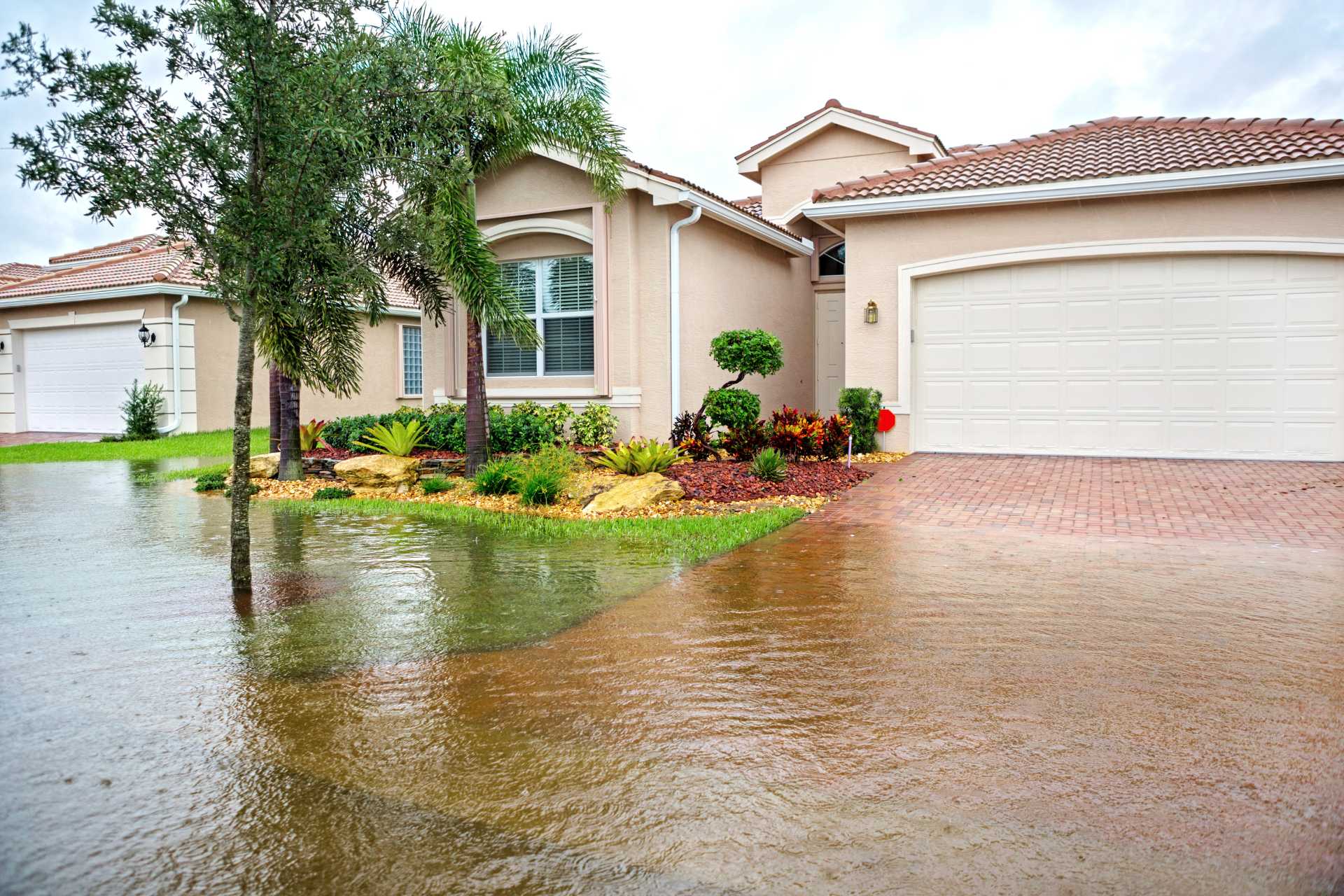Top Ways to Keep Water Flowing Away from Your Home
The single most destructive force a home will ever face is not wind or fire—it is water. A small, persistent flow of water against a foundation can cause more long-term damage than a major storm. The good news is that homeowners have the power to control it. Effective water management is a system with multiple layers of defence. It is not just about one component, like gutters, but about creating a clear, unobstructed path for water to travel from the sky, past the home, and safely away. Neglecting this system can lead to costly foundation repairs and, in some cases, disputes over water damage that require consulting with a lawyer. This post will outline the top ways to keep water flowing away from your home, from the peak of your roof to the bottom of your driveway, covering how clear gutters, functioning downspouts, and regular catch basin cleaning work together to protect your foundation and your peace of mind.
The First Line of Defence: Your Roof's Drainage System
The primary job of gutters is to catch the thousands of litres of water that run off a roof during a rainstorm. This prevents water from pouring down the siding and pooling against the foundation. However, gutters are only effective when they are clear. If clogged with leaves and debris, they will overflow. This overflow damages the wooden fascia boards behind them. It also stains the siding and creates waterfalls that erode the soil below. Regular cleaning is one of the most crucial home maintenance tasks for preventing water damage, especially in the spring and fall.
After the gutters collect the water, downspouts perform the critical job of carrying it safely to the ground. A downspout that ends right at the base of the house is a direct threat to the foundation. It deposits a large volume of water in the most vulnerable area. For downspouts to be effective, they need extenders. These attachments should discharge water at least 1.5 to 2 metres away from the foundation. This simple addition ensures all the water from the roof is moved away from the home before it can soak into the ground near the basement walls.
Managing Ground-Level Flow: Landscaping and Hardscaping
The ground immediately surrounding a home can either help or hinder drainage. The most important principle is "positive grading." In simple terms, this means the ground should slope away from the foundation on all sides for a distance of at least three metres. This gentle slope uses gravity to naturally direct all surface water—from rain to snowmelt—away from the house. A negative grade, where the ground slopes towards the house, acts like a funnel. It directs all surface water straight to the basement walls, creating constant pressure and significantly increasing the risk of leaks.
Smart landscaping choices can also support good drainage. It is advisable to avoid piling mulch or building up soil high against the foundation, as these materials can trap moisture against the siding and concrete, potentially leading to rot and decay. Instead, consider the strategic placement of water-loving plants and shrubs in lower-lying areas of the yard. These plants can help absorb excess moisture and reduce the amount of standing water on the property after a heavy rainfall, adding both beauty and function to the landscape.
The Heavy Hitters: Drains and Catch Basins for Full Drainage Support
Engineered solutions are often necessary for managing heavy water flow in yards and on driveways. A catch basin is a collection box with a grate on top, typically installed at a low point on the property. Its purpose is to collect surface water runoff during heavy downpours and channel it into an underground drainage pipe. This is a critical tool for preventing large-scale pooling and flooding. Such issues could otherwise overwhelm the grading and saturate the soil around the foundation. For a catch basin to do its job, however, the grate and the basin itself must be kept clean. They must be free of leaves, sediment, and debris. A clogged catch basin is completely ineffective and can even make flooding worse.
A sub-surface solution may be required in areas with persistent groundwater issues. A French drain is a simple yet highly effective tool for this purpose. It consists of a perforated pipe laid in a gravel-filled trench. The trench intercepts groundwater as it moves through the soil. The pipe then redirects this water away from the foundation to a safe discharge point. This system works invisibly below the surface to relieve hydrostatic pressure—the force of water in the soil. It stops this pressure from pushing against the basement walls, providing a robust defense against chronic dampness and leaks.
The Last Line of Defence: Sump Pumps and Interior Protection
Even with the best exterior defences, some water may still find its way to the foundation level, especially in areas with a high water table. This is where the sump pump acts as the last line of defence. A sump pump sits in a basin, or sump pit, installed in the lowest part of the basement. As groundwater collects in the pit, a float switch on the pump rises. When it reaches a certain level, the pump automatically activates, ejecting the water through a pipe to the outside, far away from the house. Regular testing of the sump pump is essential to ensure it is ready to work when needed, and a battery backup system is a wise investment to provide protection during power outages, which often occur during severe storms.
Become the Master of Your Water Flow
A dry home is the result of a complete system working in harmony: Gutters collect, downspouts divert, grading directs, and catch basins capture. Regular maintenance of this system is not a chore; it is the most cost-effective insurance a homeowner can buy against the catastrophic expense of foundation repair and water damage restoration. Do not wait for a damp basement to tell you there is a problem. Take a walk around your property during the next rainstorm and watch where the water goes. By understanding and managing its flow, you can ensure your home stays safe, dry, and secure for years to come.

